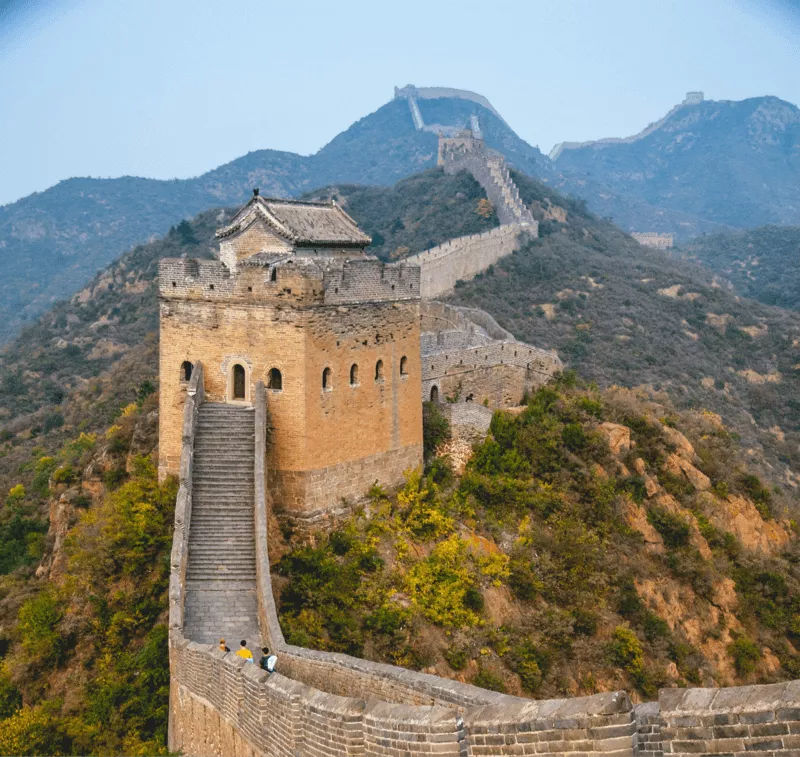
To all member units and related enterprises
To cooperate with the State Administration of Press, Publication, Radio, Film, and Television in managing the publication services of mobile games, the association has formulated the “Mobile Game Content Standards (2016 Edition)”. Please consider this as an important reference for content review in mobile game development, publishing, and operation. If you encounter any issues during implementation, please promptly report them to the Association’s Game Publishing Work Committee.
China Audio-Video and Digital Publishing Association
May 24, 2016
Mobile Game Content Standards (2016 Edition)
Article 1: In order to guide industry self-discipline, strengthen the construction of mobile game content, and promote the healthy and prosperous development of mobile game publishing, this standard is formulated in accordance with the “Regulations on Publishing Management,” “Regulations on Network Publishing Services,” relevant national laws and regulations, and the “China Audio-Video and Digital Publishing Association Charter.”
Article 2: The term “mobile game” in this standard refers to games created for mobile smart terminals such as mobile phones, made available to the public for download or online interaction through information networks.
The term “mobile game content” in this standard refers to the language, story background, plot scenes (maps), character design, props and equipment, music and sound effects, mission functions, instructions, advertisements, etc., within mobile game works.
Article 3: Mobile games should prominently display the “Healthy Game Advisory” as stipulated in the “Notice on Publishing ‘Healthy Game Advisory’ in Game Publications” (Xin Chu Yin [2003] No. 861) in the starting screen of the game.
Article 4: Mobile games should regulate the use of text in accordance with the “Law of the People’s Republic of China on the Standardization of Language and Characters in Publications,” “Regulations on the Use of Chinese Characters in Publications,” and the “Notice on Further Standardizing the Use of Text in Publications.”
Article 5: Online interactive mobile network games should install content filtering software to block harmful content.
Article 6: Mobile games must not contain content that “opposes the fundamental principles established in the Constitution,” including but not limited to:
(1) Opposing the democratic dictatorship of the people, attacking, slandering, disparaging, distorting, or degrading China’s system of People’s Congress, electoral system, judicial system, ethnic regional autonomy and special administrative region system, military system, multi-party cooperation and political consultation system led by the Communist Party of China, basic economic system, and distribution system.
(2) Opposing the leadership of the Communist Party of China, attacking, slandering, disparaging, distorting, or degrading the leadership position, governing capability, and image of the Communist Party of China.
(3) Opposing the guidance of Marxism-Leninism, Mao Zedong Thought, and the theoretical system of socialism with Chinese characteristics, attacking, slandering, disparaging, distorting, or degrading Marxism-Leninism, Mao Zedong Thought, and the theoretical system of socialism with Chinese characteristics.
Article 7: Mobile games must not contain content that “harms the unity of the country, sovereignty, and territorial integrity,” including but not limited to:
(1) Separating any part of China, such as Taiwan, Hong Kong Special Administrative Region, Macao Special Administrative Region, Xinjiang Uygur Autonomous Region, Tibet Autonomous Region, and islands such as Diaoyu Islands and South China Sea islands, from the People’s Republic of China.
(2) Representing Taiwan, Hong Kong Special Administrative Region, Macao Special Administrative Region, or any other part of China as a sovereign state.
(3) Omitting quotation marks for official titles and positions of Taiwan local authorities established after the founding of the People’s Republic of China, such as the “Central Research Institute,” “Executive Yuan,” “President,” etc.
(4) Displaying the official symbols of the Taiwan local authorities established after the founding of the People’s Republic of China.
(5) Advocating invasive content:
-
Distorting historical facts, glorifying invaders, deliberately exaggerating invasive actions, and portraying the role of invaders.
-
Falsely creating foreign armed forces, organizations, or individuals invading China’s territory, airspace, waters, exclusive economic zone, continental shelf, and subsoil.
-
Foreign armed forces, organizations, or individuals entering China’s territory or attacking any target in China’s territory or foreign embassies and consulates abroad under the guise of counter-terrorism, pursuit, or any other pretext, or engaging in activities that infringe on China’s sovereignty.
(6) Portraying or describing unauthorized entry of foreign civilian ships, aircraft, etc., into China’s territory, airspace, waters, exclusive economic zone, continental shelf, and subsoil for development operations, etc.
(7) Incorrectly stating the names of China’s territories, airspace, waters, exclusive economic zone, continental shelf, and areas in dispute with other countries.
(8) The following claims as the Chinese border map (not limited to fictional, resembling, or unnamed Chinese maps are excluded):
-
Any map indicating the national border of the People’s Republic of China that is not drawn in accordance with the boundary treaties, agreements, protocols, and their appendices signed by the People’s Republic of China and the relevant neighboring countries.
-
Any map indicating the segments of the national border of the People’s Republic of China that have not yet signed border treaties with the relevant neighboring countries, not drawn in accordance with the national boundary line standard sample of the People’s Republic of China.
-
Any map indicating the historical border of China from 1840 to the period of the establishment of the People’s Republic of China, not drawn in accordance with the standard sample of historical borders of China from 1840 to the establishment of the People’s Republic of China; or before 1840, not drawn in accordance with the actual historical borders.
-
Other content related to the border map of China that violates relevant laws, regulations, and policies.
Article 8: Mobile games must not contain content that “leaks state secrets, endangers national security, or damages national honor and interests,” including but not limited to:
(1) Involving the following classified information:
-
Secret matters in major decisions of the Party and state affairs.
-
Confidential maps and internal maps.
-
Secret matters related to national defense construction and armed forces.
-
Secret matters related to diplomatic and foreign affairs activities.
-
Secret matters related to national economy, social development, and science and technology.
-
Secret matters related to national security activities and criminal investigations.
-
Other classified information that should not be disclosed as stipulated by relevant laws and regulations.
(2) Containing content that glorifies various separatist forces, anti-China organizations, or espionage organizations.
(3) Containing content that instigates, incites, or encourages organizations or individuals to engage in activities that subvert the Chinese government, divide the Chinese nation, or harm Chinese national security.
(4) Containing content that attacks, denigrates, burns, damages, defiles, insults, or portrays in an undignified manner the symbols of China’s national flag, national anthem, national emblem, party flag, party emblem, military flag, military emblem, Tiananmen Square, the Great Hall of the People, the Great Wall, watchtowers, etc., representing
The 21YunBox Advantage
The original document is written in Chinese. We have provided this English translation for your convenience. However, please note that this translation is intended for a quick understanding of the law and should be used at your own discretion and risk.
If you require further assistance from our team, feel free to reach out. Our experts are here to guide you through the intricacies of facilitating the distribution of your apps in China!
